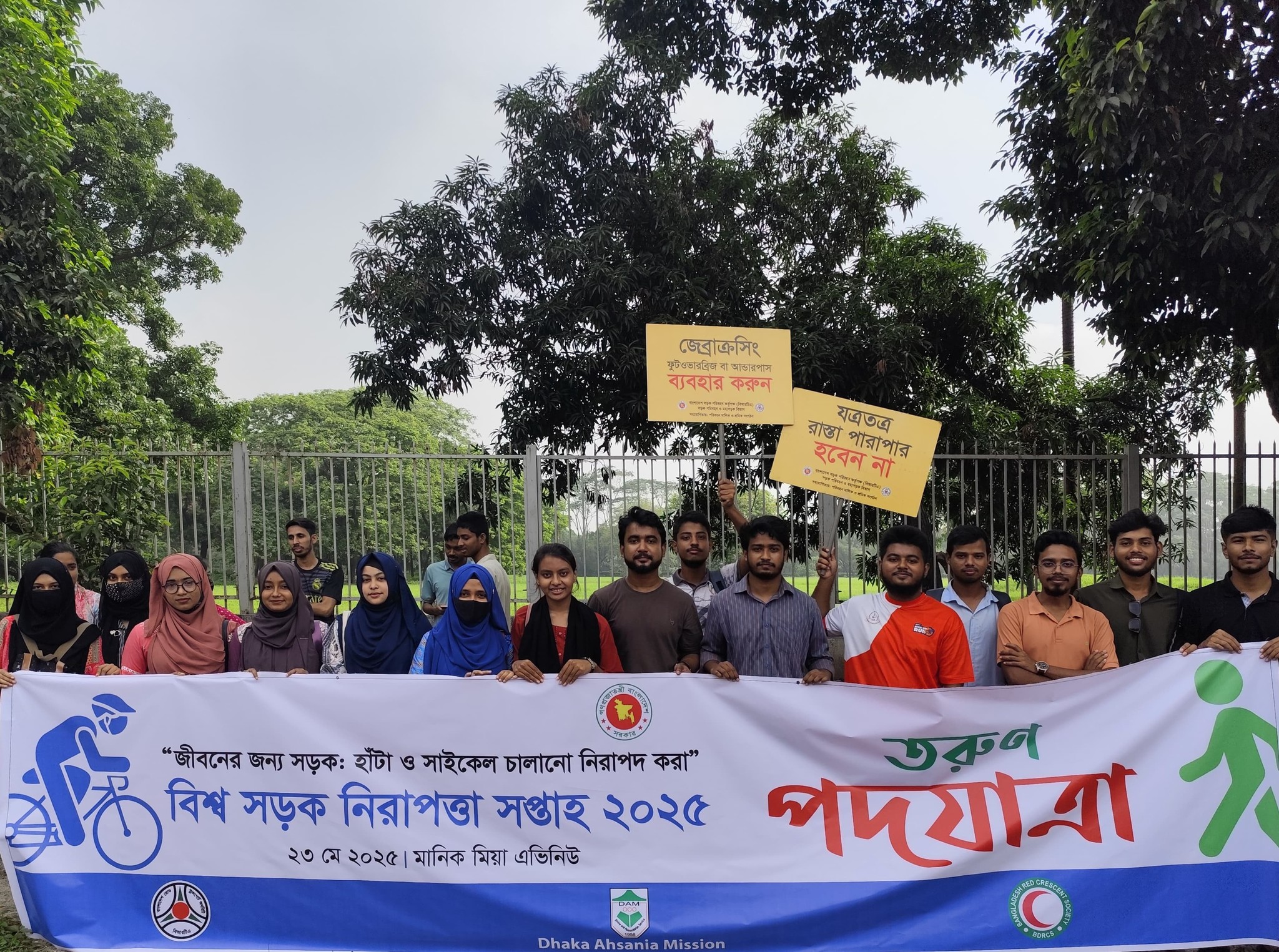The Role of Youth in Environmental Activism in Bangladesh
In recent years, the youth of Bangladesh have emerged as a vital force in the country’s environmental activism. As climate change, pollution, biodiversity loss, and deforestation become increasingly serious concerns, young people across the nation are stepping forward to raise awareness, demand accountability, and implement local solutions. With over one-third of the population under the age of 25, the youth hold the power to shape the country’s environmental future.
This article explores how the youth are contributing to environmental activism in Bangladesh, the challenges they face, and the ways in which their engagement can be enhanced for a more sustainable future.
The Urgency of Environmental Action in Bangladesh
Bangladesh is one of the most climate-vulnerable countries in the world. Rising sea levels, frequent cyclones, river erosion, salinity intrusion, and extreme temperatures are already affecting millions. Environmental degradation, including air and water pollution, deforestation, and poor waste management, adds to the burden.
According to the Global Climate Risk Index, Bangladesh ranks among the top countries most affected by climate-related disasters. This has made environmental issues not just scientific or technical problems, but also social and political concerns that demand urgent attention.
In such a context, youth activism is not merely a choice—it is a necessity.
Forms of Youth Environmental Activism
Young people in Bangladesh are engaging in environmental activism through a variety of ways, including:
Awareness Campaigns: Students and youth groups frequently organise rallies, seminars, webinars, and public campaigns to educate communities on climate change, pollution, and the importance of conservation.
Tree Plantation Drives: Tree planting is a common form of youth-led environmental activity. During monsoon seasons, student organisations and community groups arrange mass plantation events in both urban and rural areas.
Clean-Up Activities: Beach clean-ups in Cox’s Bazar, riverbank clean-ups along the Buriganga and Karnaphuli rivers, and neighbourhood waste collection drives in Dhaka and Chattogram are often led by youth volunteers.
Digital Activism: Social media has become a powerful platform for raising awareness. Youth are using Facebook, YouTube, Instagram, and TikTok to spread messages about environmental conservation, sustainable living, and climate justice.
Policy Advocacy: Many young activists are engaging with policymakers, submitting petitions, participating in public consultations, and joining environmental movements to push for greener laws and government accountability.
Innovation and Startups: A number of young entrepreneurs are launching eco-friendly startups focused on sustainable agriculture, waste recycling, renewable energy, and green technology.
Examples of Youth-Led Initiatives
Several noteworthy initiatives by youth in Bangladesh highlight their commitment to environmental sustainability:
Green Savers: A youth-driven organisation based in Dhaka, Green Savers promotes urban gardening and tree adoption programmes in schools and communities.
YouthNet for Climate Justice: This national network empowers young climate activists to work at the grassroots level, particularly in climate-vulnerable coastal areas.
Waste Concern Youth Projects: Youth groups associated with Waste Concern are engaged in awareness programmes and small-scale recycling projects.
Fridays for Future Bangladesh: Inspired by the global climate strike movement initiated by Greta Thunberg, Bangladeshi students have organised protests and awareness events demanding stronger climate action from leaders.
The Role of Educational Institutions
Universities, colleges, and schools have played a crucial role in fostering environmental activism among youth. Environmental clubs, debate forums, and science fairs serve as platforms for young people to explore environmental topics and lead change. Institutions such as the University of Dhaka, BRAC University, North South University, and Jahangirnagar University have active student groups promoting sustainability through research, volunteering, and green campus initiatives.
Moreover, national programmes like “Clean Campus, Green Campus” are encouraging educational institutions to adopt sustainable practices and engage students in environmental stewardship.
Challenges Faced by Youth Activists
Despite their passion and commitment, youth environmental activists face several obstacles:
Lack of Resources: Many youth groups lack the funding, materials, and logistical support needed to organise large-scale activities or implement sustainable projects.
Limited Access to Decision-Making: Young activists often find it difficult to engage with policymakers or influence environmental decisions at the national or local level.
Social and Cultural Barriers: In some communities, youth participation in activism may be discouraged or not taken seriously.
Environmental Risks: Working in environmentally degraded or disaster-prone areas poses health and safety risks for young volunteers.
Mental Fatigue and Burnout: Constant exposure to negative environmental news and the slow pace of change can lead to frustration, disillusionment, and mental exhaustion among youth activists.
How to Strengthen Youth Environmental Activism
To empower youth in environmental activism, several steps can be taken:
Policy Inclusion: Government and environmental agencies should involve youth in policy dialogues, planning, and implementation of green initiatives.
Funding and Grants: Allocate funds and micro-grants for youth-led environmental projects and start-ups.
Education Reform: Integrate environmental education more effectively into school and university curricula to build a foundation of ecological awareness from an early age.
Mentorship and Training: Provide technical training, leadership workshops, and mentorship programmes for young environmental leaders.
Recognition and Awards: Celebrate and publicise successful youth initiatives through awards, media coverage, and national honours to inspire others.
Partnerships with NGOs and the Private Sector: Facilitate partnerships between youth groups, NGOs, and businesses to scale up successful projects and share best practices.
Mental Health Support: Offer psychological support and peer counselling to help youth activists cope with stress and burnout.
Role of Media and Technology
The media can play a transformative role in amplifying youth voices. Newspapers, television, and online news portals should give more coverage to youth-led environmental efforts. Technology, especially digital platforms, can be used to crowdsource ideas, organise events, and mobilise public support.
Media literacy should also be promoted among young activists to help them communicate effectively and build evidence-based campaigns.
Conclusion
The youth of Bangladesh have shown remarkable commitment and creativity in addressing environmental challenges. Their efforts are not only inspiring but essential in a country that is on the frontlines of climate change. By providing the right support, recognition, and opportunities, we can unlock the full potential of youth in building a greener, safer, and more resilient Bangladesh.
Environmental activism is no longer the job of a few. It is a shared responsibility. And the youth—motivated, informed, and resilient—are leading the way toward a sustainable future. The nation must stand with them, listen to their voices, and act on their demands before it is too late.



